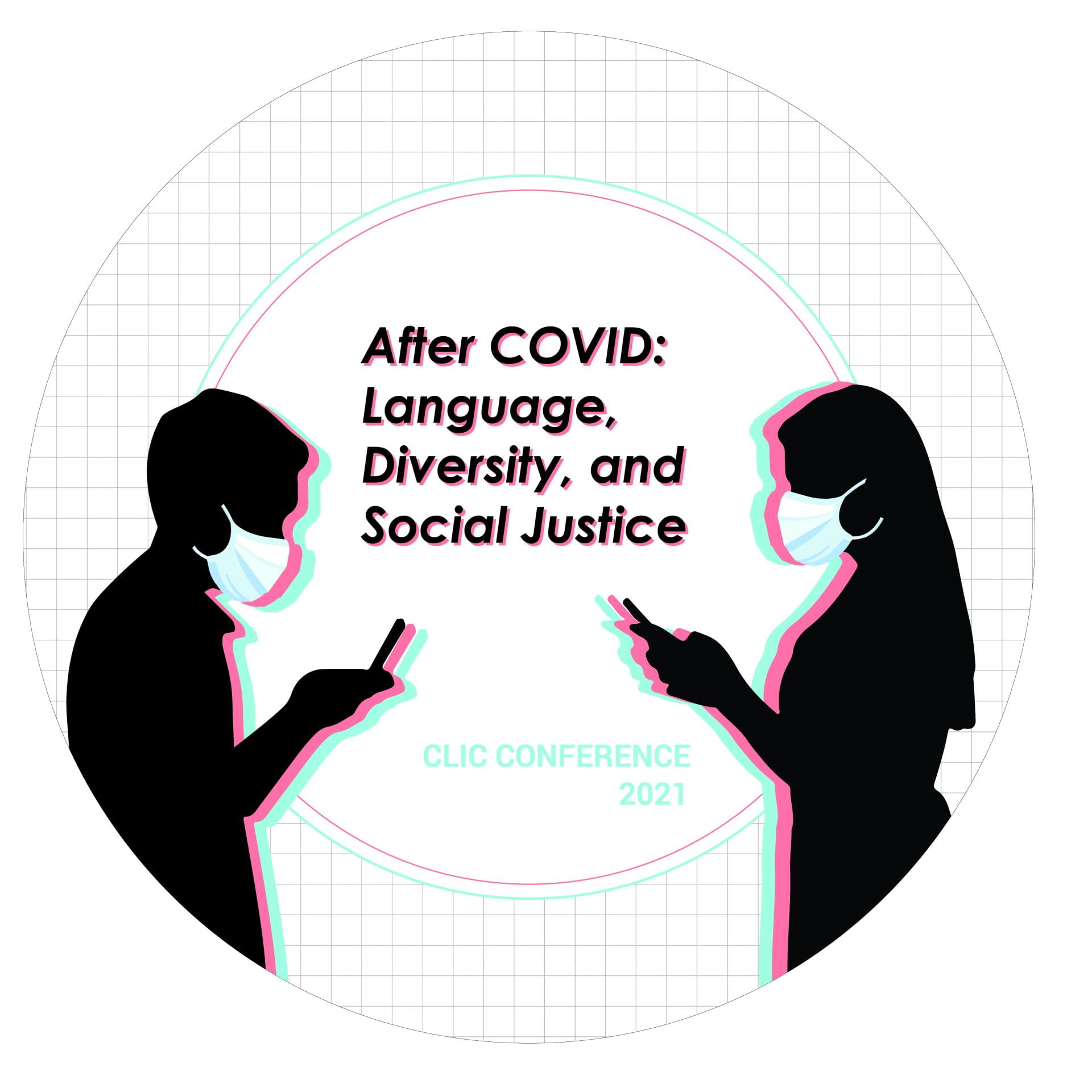Social Media Integration and Autonomous Learning in Higher Education during COVID-19: An Experimental Case Study on Students in Alexandria, Egypt
Yomna El-Hossary, Trinity University, Dublin, Ireland
Research Assistant at IncludeEd Erasmus+ Project for Refugee Linguistic Integration in Europe
Since the outbreak of COVID 19, the educational system has changed radically. All classrooms have become virtual, which has resulted in the amendments of the methodological perspectives. Education has now deliberately moved to be student oriented rather than being teacher oriented. Subsequently, this study aims at experimenting an innovative technique that is new for the Egyptian Universities, which is called “Guided Autonomous Learning” ,developed from Hu and Zhang (2017) classification of autonomous and dependent learning, of delivering the content of the Linguistics course, and measuring the effect and role of social media integration in the educational process. This research followed a quantitative methodology as the tests are done through observations, surveys and statistical analysis of the students’ performance, satisfaction and results. It targeted 70 students, all of the second year, English section students of Linguistics in Applied Languages Programme from the same age group for a whole term (fall, 2020). The guided autonomous learning takes place through the following steps; the content is delivered through online mediums – Zoom and Microsoft Teams- following the 80-20 technique – to minimize the teacher role to be considered a facilitator. The teacher –myself-has provided students with different resources for the same topics and the students are responsible for researching and presenting the topics in teams to their colleagues. To integrate social media in the educational process, the students were asked to deliver their presentations using Youtube videos and creating Tiktok videos for their Linguistics projects. Assessment is not only done knowledge based ,i.e.testing their knowledge about the content, but also skills based as assessing is done through online exams, Tiktok videos, Instagram posts and final researches with Youtube video summary. A digital survey of has been given to the students asking them anonymously to evaluate their whole educational experience by answering 5 multiple choice questions with either “Excellent”, “Moderate” or “Unsatisfactory” about; presenting the content by themselves, having their quiz in a form of a Tiktok video, having the teacher as a facilitator only and learning from each other , and the flipped way of learning and at the end they are asked to leave comments about their whole experience. The students showed 100% of satisfaction of the educational process as a whole in addition to the final results in the Linguistics course which has recorded an average of A+ and B+ with no failing records. As a result, based on the experiment, Guided Autonomy and Social Media integration has proven to be effective with Higher Education students of Linguistics.
Autonomous Learning , COVID-19 , Social Media , Higher Education
References
Egel, I. P. (2009). Learner autonomy in the language classroom: From teacher dependency to learner independency. Procedia-Social and Behavioral Sciences, 1(1), 2023-2026.
Hu, P., & Zhang, J. (2017). A pathway to learner autonomy: A self-determination theory perspective. Asia Pacific Education Review, 18(1), 147-157.
Moran, M., Seaman, J., & Tinti-Kane, H. (2011). Teaching, Learning, and Sharing: How Today’s Higher Education Faculty Use Social Media. Babson Survey Research Group.
van Rooyen, A. (2015). Distance education accounting students’ perceptions of social media integration. Procedia-Social and Behavioral Sciences, 176, 444-450.

